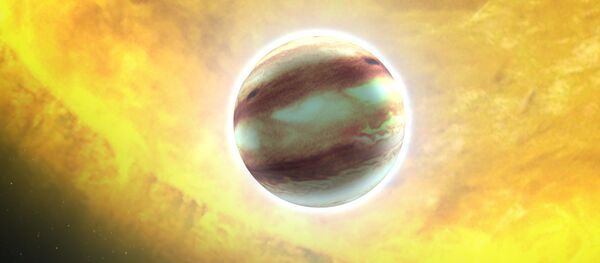This project isn't a traditional space mission. The instrument the scientists aim to create could become the first private space telescope equipped with a set of highly sensitive cameras, which are capable of receiving pictures of from stars in our neighborhood.
According to the researchers, finding the first Earth-like planet beyond our solar system would transform the understanding of our place in the universe.
In November, Morse and his associates launched a fundraising campaign on the Kickstarter platform in an attempt to collect one million US dollars needed to lay the groundwork for the mission through preliminary analysis, design, and simulations. To date, they have received over 207 thousand dollars. The project will only be funded if it reaches its goal by December 21.
While the Project Blue team is concerned with finding another Earth, the organizers of the World Pie Eating Championship sent a pie into the sky, literally. The oven baked dish was launched into space on December 15 from a pub car park in Wigan, UK, near to where the pie eating championships will be held on December 20. The pie was attached to a weather balloon, which took it 30 miles up into the stratosphere.
The project is, however, scientifically motivated — the organizers were interested in seeing what the pie would come back like. After its fantastic journey, the pie was sent to a lab where its molecular structure will be tested, and then maybe eaten by a brave researcher.


